Entry Type: Thing
aka: Thou Shalt Not Kill
South Arkansas Heritage Museum
South Arkansas Regional Airport
aka: Goodwin Field
 South Arkansas Vine Ripe Pink Tomato, Official State Fruit and Vegetable
South Arkansas Vine Ripe Pink Tomato, Official State Fruit and Vegetable
South Elementary School (Wynne)
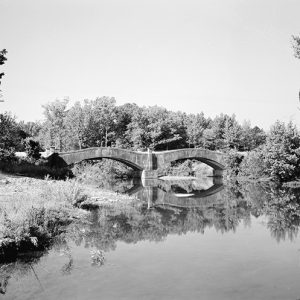 South Fork Bridge
South Fork Bridge
South Fork Nature Center
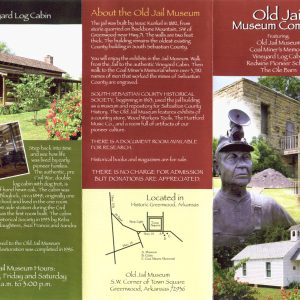 South Sebastian County Historical Society Brochure
South Sebastian County Historical Society Brochure
South Side High School Sign
Southern Cavefish
aka: Typhlichthys subterraneus
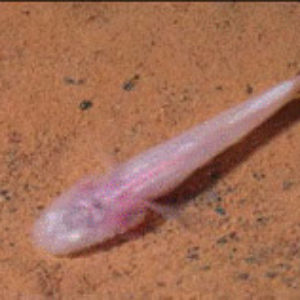 Southern Cavefish
Southern Cavefish
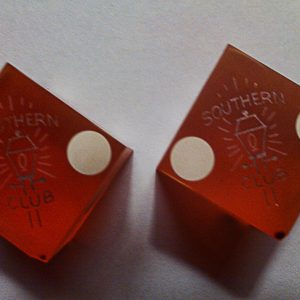 Southern Club Dice
Southern Club Dice
 Southern Club Poker Chip
Southern Club Poker Chip
 Southern Copperhead
Southern Copperhead
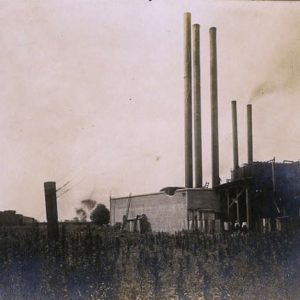 Southern Cotton Oil Mill Strike
Southern Cotton Oil Mill Strike
 Southern Guardian
Southern Guardian
Southern Ladies’ Journal
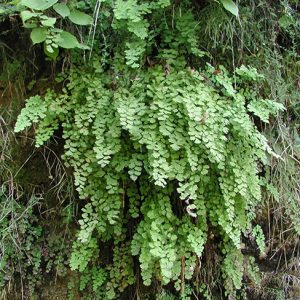 Southern Maidenhair Fern
Southern Maidenhair Fern
 Southern Pine Beetle Damage
Southern Pine Beetle Damage
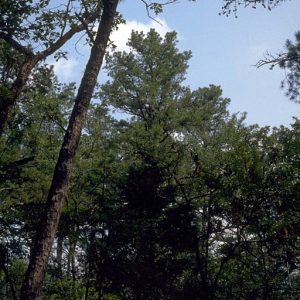 Southern Shortleaf Pine
Southern Shortleaf Pine
Southern Strategy [Novel]
 Southern Trust Building
Southern Trust Building
 Southern Trust Building
Southern Trust Building
Southland Park Gaming and Racing
aka: Southland Greyhound Park
Southwest Experimental Fast Oxide Reactor (SEFOR)
Southwest Trail, The [Computer Game]
 Soybean Field
Soybean Field
Spanish Land Grants
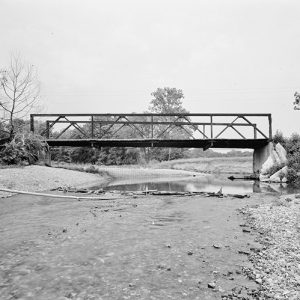 Spavinaw Creek Bridge
Spavinaw Creek Bridge
 Tris Speaker trading Card
Tris Speaker trading Card
 Speckled Pocketbook
Speckled Pocketbook
 Speckled Pocketbook
Speckled Pocketbook
Speckled Pocketbook
aka: Lampsilis streckeri
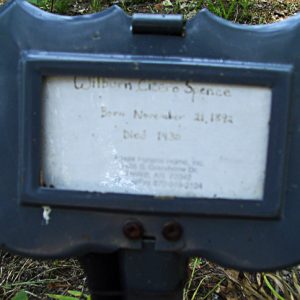 Cicero Spence Grave
Cicero Spence Grave
Spirit of the American Doughboy Monuments
Sponges
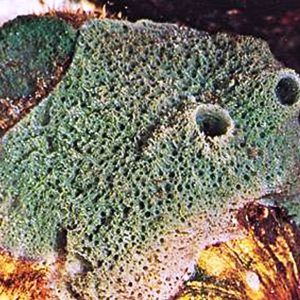 Sponge
Sponge
 Sporulated Eimeria sp. Oocyst
Sporulated Eimeria sp. Oocyst
 Spraying for Codling Moth
Spraying for Codling Moth
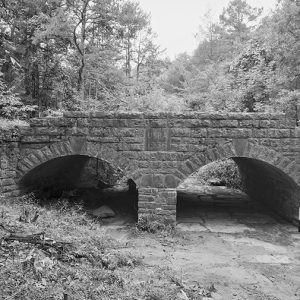 Spring Lake Bridge
Spring Lake Bridge
Spring River
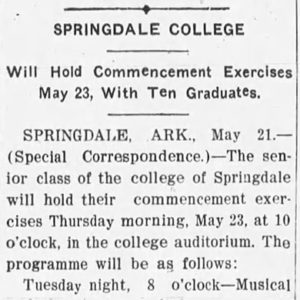 Springdale Commencement
Springdale Commencement
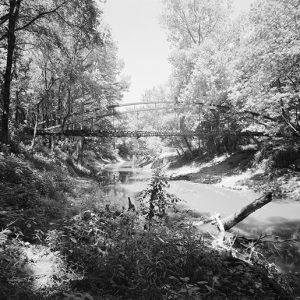 Springfield-Des Arc Bridge
Springfield-Des Arc Bridge
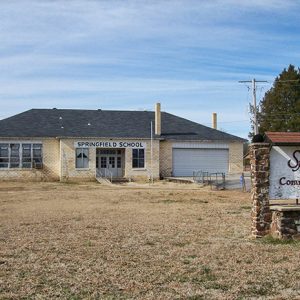 Springfield School
Springfield School
Springfield to Fayetteville Road
 Springfield-Des Arc Bridge
Springfield-Des Arc Bridge
Springfield–Des Arc Bridge
aka: Springfield Cadron Bridge
aka: Springfield Bridge
Springs
 Springtime, San Gabriel Valley
Springtime, San Gabriel Valley
 SS La Salle
SS La Salle




